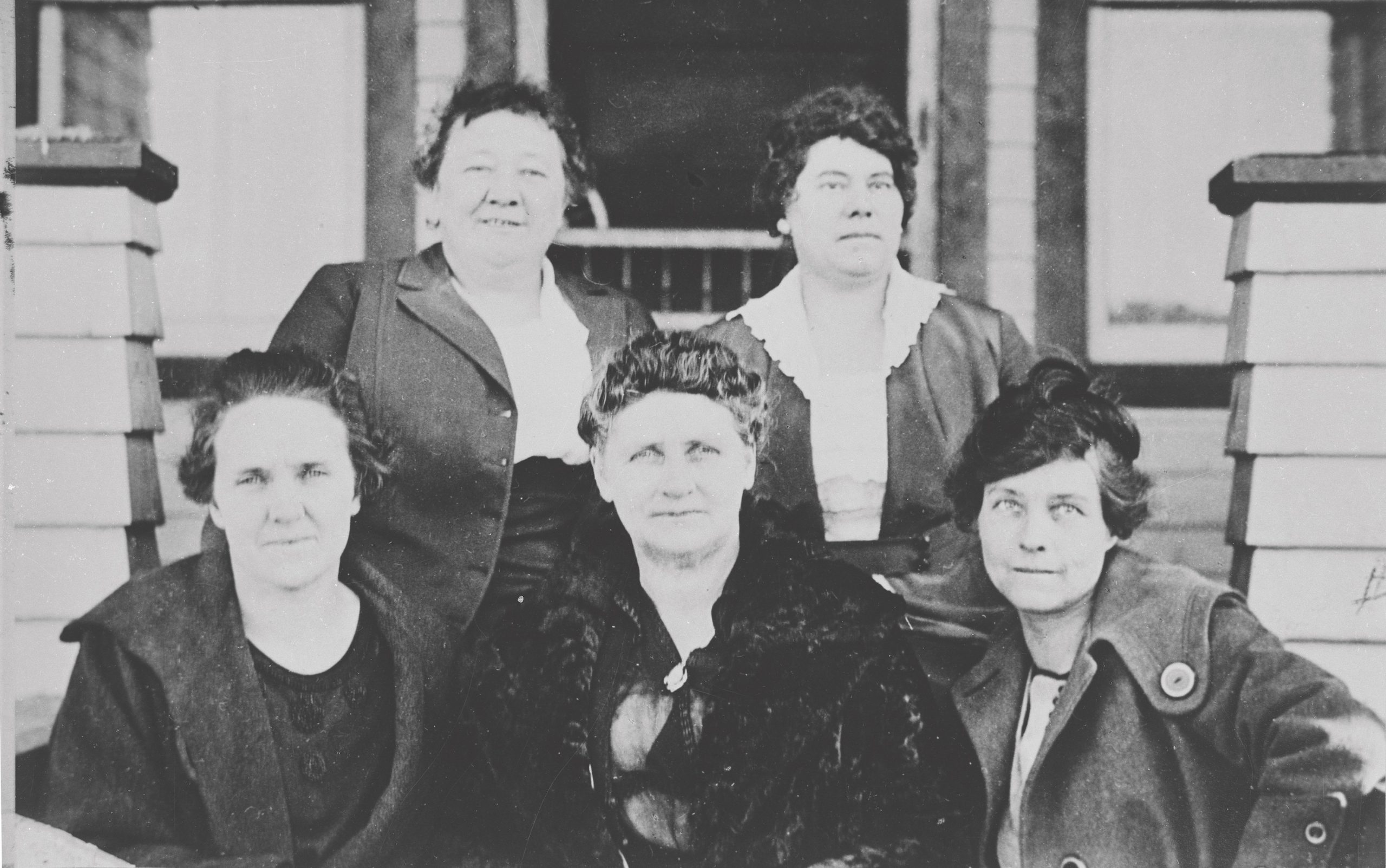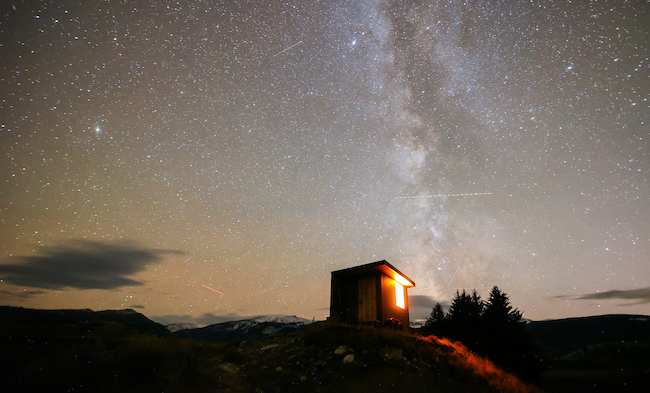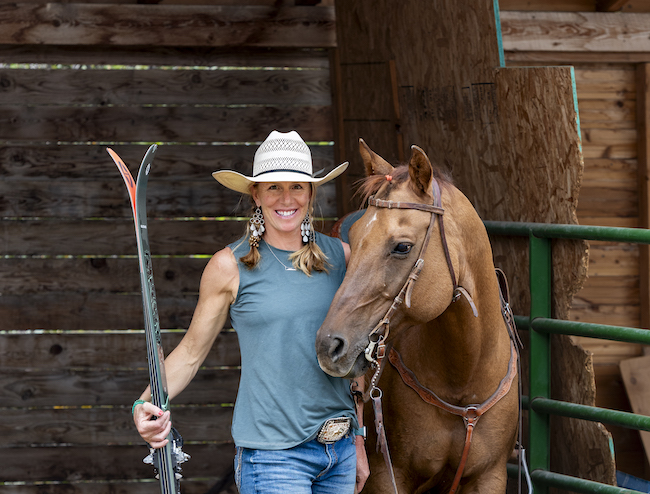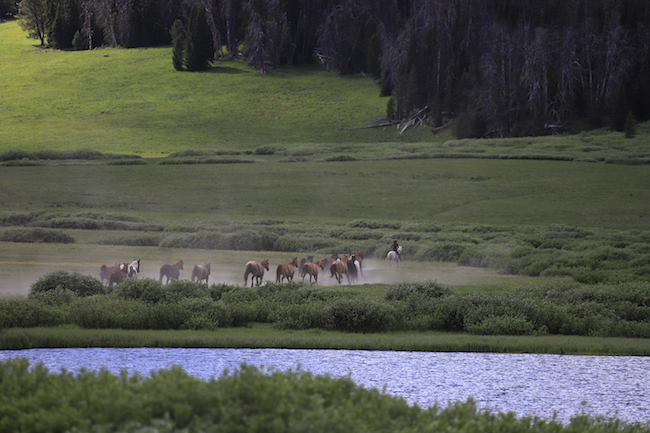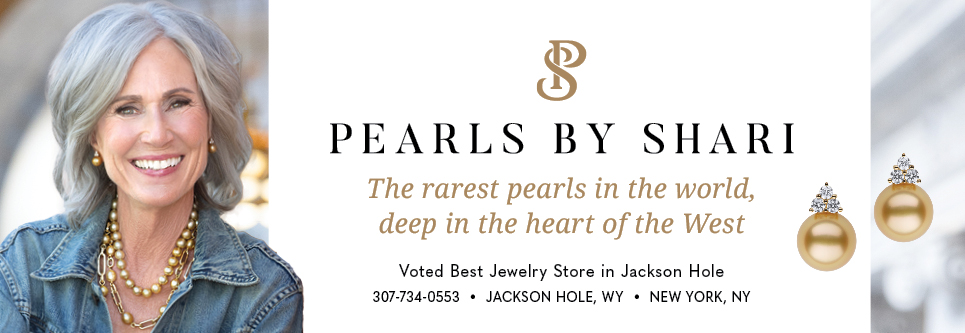Search and rescue helicopter pilot Steve Wilson assists when boundary pushers stretch their limits in the backcountry
22 Jan 2024
The towering sentinels of the Tetons are well known in the outdoor community as a playground rife for exploration, especially for those who routinely push the boundaries of their bodies, their gear, time and strength. In this audacious arena, pushing limits isn’t a mere concept — it represents the very essence of existence for many who find themselves in this area, year after year, surrounded by boundless wilderness and opportunity. It is a proving ground for those who rewrite the rules of what is achievable by any one adventurer amidst such unforgiving beauty.
With great beauty and mountainous grandeur also comes great risk, and no one is more familiar than Steve Wilson, the man who is often tasked with rescuing these boundary pushers and limit breakers. “We’ve had rescues in the park where we are right up against the mountainside with a short hauler, putting (our rescue crew) on a ledge and then the weather turns icy while we’re flying ... and we’ve had to set down and wait until the weather cleared,” explains Steve, who often pilots a helicopter for Teton County Search and Rescue (TCSAR). His time with TCSAR has combined his passions for flying and the outdoors with his drive to serve his community and assist those folks who have found themselves in any number of potentially life- threatening situations in the mountains. “Be the brakes for a moment, not the gas,” he says. “When it comes to just charging in, you learn that it’s sometimes better to take a tactical pause and take that time to evaluate the entire situation instead of just rushing in to get the rescue done.” There are countless complications and considerations that dictate when a patient can be retrieved via helicopter: weather, terrain, personnel, etc. Steve is constantly assessing, weighing and mitigating the risk-versus-reward ratio in the attempt to rescue someone in their ostensibly dangerous predicament. Flying helicopters demands more than just technical prowess: it requires a unique concoction of both risk taking and risk mitigation that challenges conventional limits.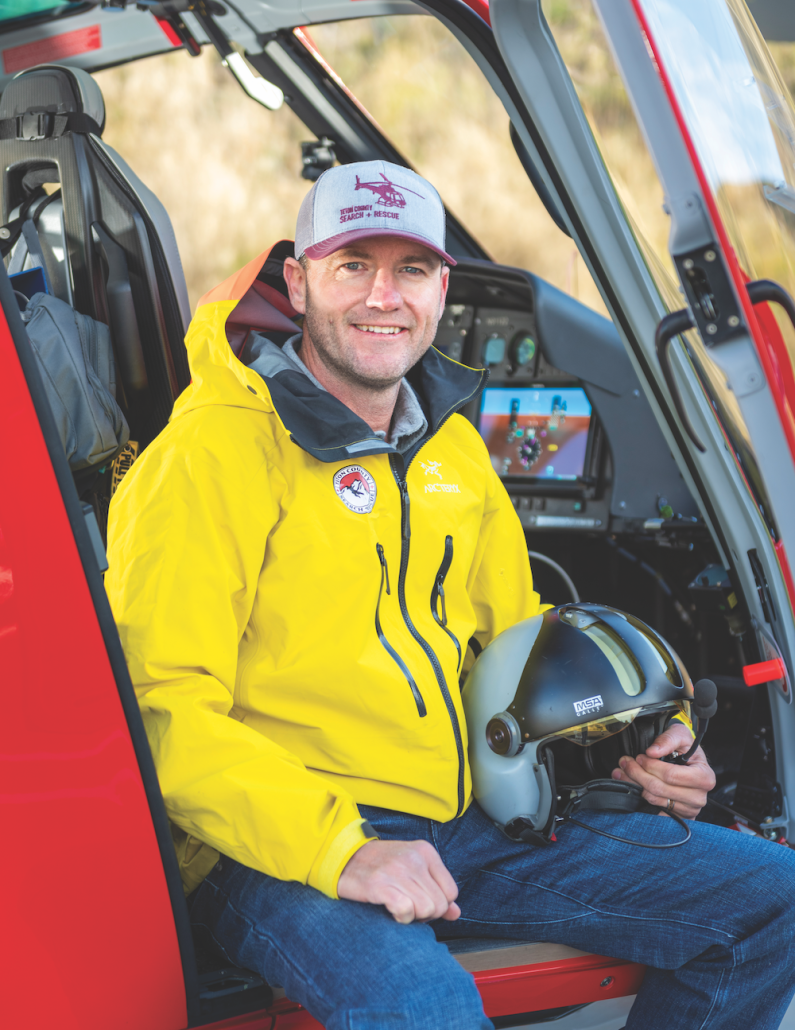 “Pushing boundaries for us carries its own risks, of course. But we train like we play,” Steve says of his search and rescue team, who routinely train with long lines and short haul rescue scenarios high in the Tetons to simulate the myriad of potential emergency situations in the backcountry they might respond to. “Continuously challenging ourselves during training allows us to be prepared for when the time comes when we are tasked with a difficult rescue.”
Steve has had quite the journey to where he currently finds himself: ski patroller in Colorado, pilot and flight instructor in Hawaii, wildland firefighting in Alaska, and now in Jackson as both a rescue and firefighter pilot.
He advises that, in any profession, but especially one within the umbrella of rescue and emergency services, to “get out there and work hard and pay your dues and yeah, you might be stuck in the middle of nowhere, Alaska, for several summers living on MREs,” Wilson laughs, referencing the “meal, ready-to-eat” staple of military origin. “But if you just keep working hard and keep doing your best job each and every time, people are going to notice and you’ll eventually be given the opportunity to do what you love.”
“Pushing boundaries for us carries its own risks, of course. But we train like we play,” Steve says of his search and rescue team, who routinely train with long lines and short haul rescue scenarios high in the Tetons to simulate the myriad of potential emergency situations in the backcountry they might respond to. “Continuously challenging ourselves during training allows us to be prepared for when the time comes when we are tasked with a difficult rescue.”
Steve has had quite the journey to where he currently finds himself: ski patroller in Colorado, pilot and flight instructor in Hawaii, wildland firefighting in Alaska, and now in Jackson as both a rescue and firefighter pilot.
He advises that, in any profession, but especially one within the umbrella of rescue and emergency services, to “get out there and work hard and pay your dues and yeah, you might be stuck in the middle of nowhere, Alaska, for several summers living on MREs,” Wilson laughs, referencing the “meal, ready-to-eat” staple of military origin. “But if you just keep working hard and keep doing your best job each and every time, people are going to notice and you’ll eventually be given the opportunity to do what you love.” 
